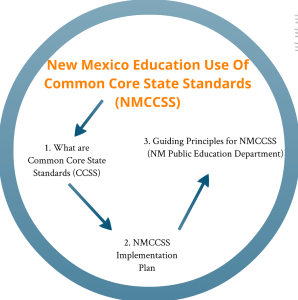Elias Canetti in his book, Crowds and Power, writes about the differences between training and learning or mastery. The discussion and distinctions seemed worth sharing here.
One trains a dog or a horse to perform a particular behavior with food and repetition.
One trains a child to perform a particular behavior with grades and repetition.
But neither the grade nor a successfully trained behavior demonstrates real mastery of a matter.
Training demonstrates varying degrees of ability to respond to externally generated commands. Mastery demonstrates an ability to operate successfully through a series of increasingly difficult and varied challenges or externally generated circumstances.
Here are some examples to illustrate:
- spelling versus writing a short story or essay or play
- 2+2=4 versus what is a ‘marginal tax rate’ or Return On Investment
- naming colors versus exploring and creating an artistic painting
- copying versus experimenting and inventing
- practicing pitching versus playing an actual baseball game
Training as an end in itself only begins to prepare someone for the human game of life and all its challenges and possibilities.
Supporting an individual student to actually experience a level of mastery in response to externally generated circumstances supports them in continuing to approach their life with greater appreciation, creativity and satisfaction.
Without saying how to do that, it may still be worthwhile to both teacher and student to explore how to do that.

